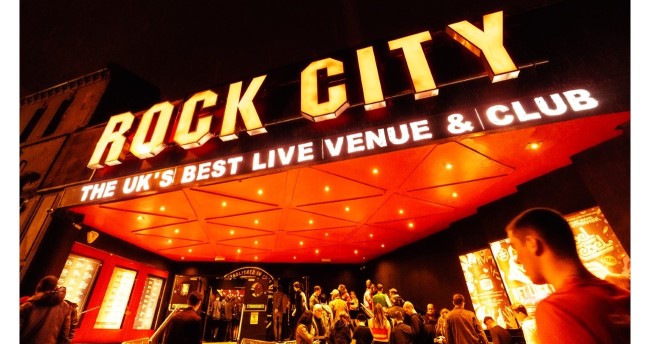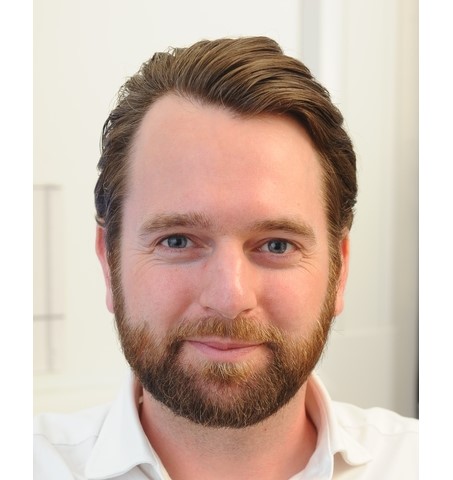There’s nothing quite like the shared experience of live music. The thrum of a bass, the Byrdsian jangle of guitar, the steady beat of drums – and all experienced “in the moment” with anything from 20 to 20,000 people. Whether it’s being in the thrall of a live rock band, getting swept up by the grandeur of an orchestra, or writhing on the dancefloor of a club, music brings people together.
But one topic that is increasingly gaining attention is efforts to define the point at which volume levels tip the scales from something enjoyable, to something harmful; in other words, “how loud is too loud?”
This research project seeks to answer that very question, ultimately aiming to make listening safer and more enjoyable for audiences around the world. A World Health Organisation global standard has sought to make volume levels safe for all, but some key questions still remain about how and where sound levels should be measured and how patrons’ hearing is affected.

Rock City - one of Nottingham's most famous live music venues.
For example, there is significant uncertainty about how exposure to intense low-frequency sound (or “bass”) contributes to the risk of hearing injury. Building on Nottingham’s thriving and vibrant music scene, this research will use digital technologies to engage with the city’s physical environment, cultural life, and citizens.
The project will broadly look at two strands of activity. Firstly, the group will embed research into the physical environment, via the installation of digital sound-level logging systems across the city. These systems accurately measure the sound level within a venue at every moment and securely transmit the data to a cloud-based platform. Since it is sound-level measurement data that is transmitted and stored, not raw audio, privacy concerns are circumvented.
Secondly, the research will utilise real people as a vehicle for data collection, via the use of a mobile app installed on the smartphones of people who attend music venues. GPS tracking of device location will be used to automatically identify when a consenting member of the public has visited a monitored venue and determine for how long, and over what period, they were present. By combining these details with logged, in-venue sound levels, we can estimate that individual’s sound exposure whilst at the venue. Targeted survey questions will then be delivered through the app enquiring about any auditory symptoms (such as tinnitus – “ringing in the ears”) and satisfaction with the sound quality experienced at the venue.
Dr Ian Wiggins, from Hearing Sciences at the University’s School of Medicine, is leading the research project, in collaboration with Nottingham Trent, the University of Derby, the Australian National University, and the Nottingham Geospatial Institute. Dr Wiggins said: “This project is highly collaborative, bringing together existing programmes and resources, as well as developers of sound monitoring tech, Nottingham City Council, local music venues and clubs, and of course, the patrons who frequent these places.”
Dr Wiggins, who was lead technical author for the WHO Global standard for safe listening venues and events, continued: “Amongst the things we’ll be looking at are the stability of measurement equipment performance if left in place over a period of months, the ability to use laser scanning to virtual 3D models of venues, and how we might transmit measurement data to our servers for in-depth analysis. It’s a really exciting – not to mention, important – piece of work that could lead to significant reduction in harm to people’s hearing.
It is hoped the research project will help local businesses to better understand and optimise the sound environment within their premises, to improve audience satisfaction, and increase return visits from patrons.

Dr Ian Wiggins, Hearing Sciences.
Inspired by this project? Tell us your ideas